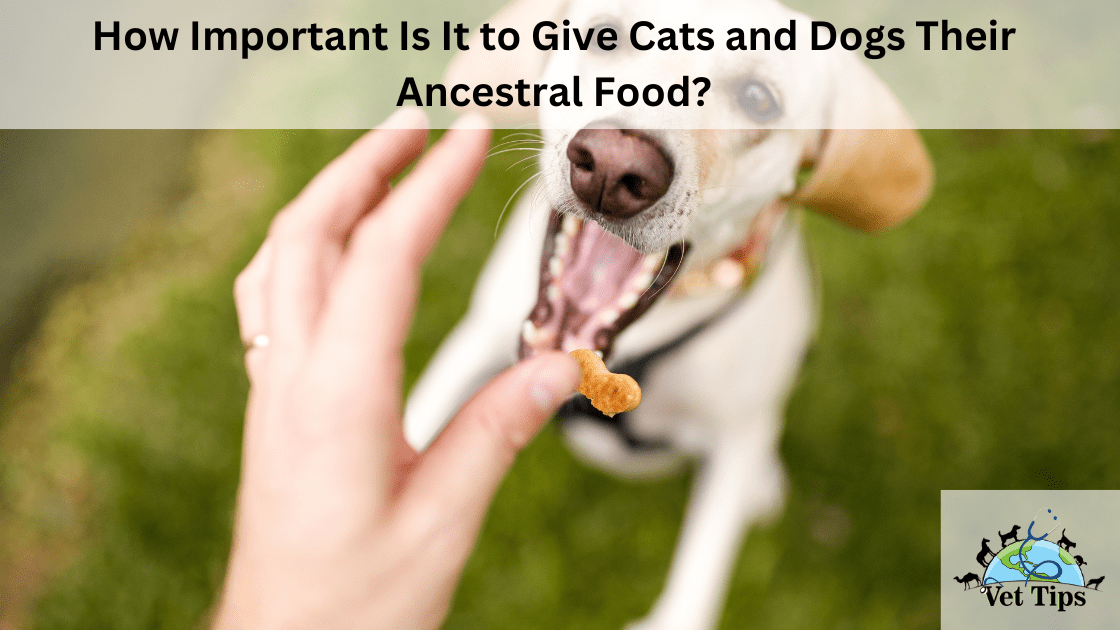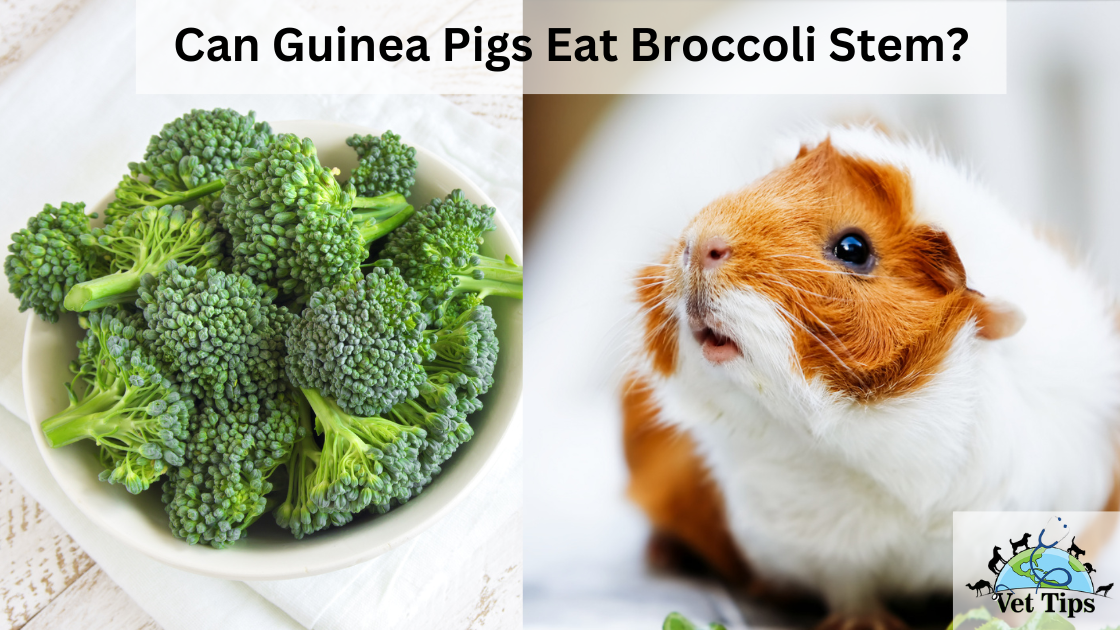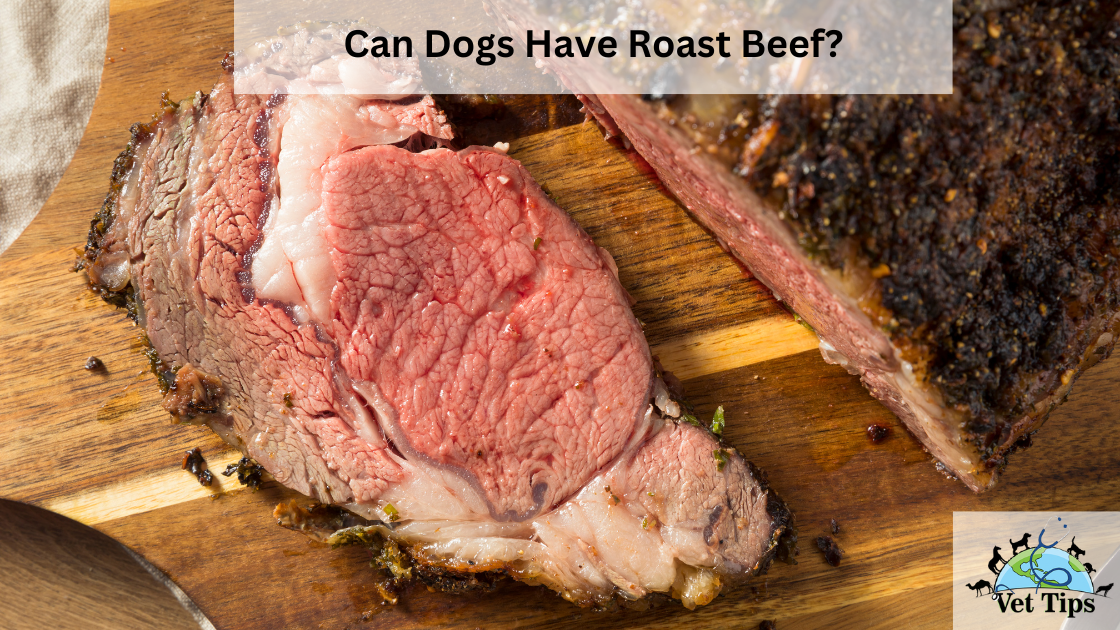As responsible pet owners, we constantly strive to provide the best nutrition for our furry companions. In recent years, there has been growing interest in feeding cats and dogs with their ancestral food, which replicates the diets of their wild ancestors. In this article, we will explore “How important is it to give cats and dogs their ANCESTRAL food?”
There is a lot of controversy about the “right food” for both humans and our pets. But, unfortunately, many people’s views are swayed by the economic interests of the food manufacturers, making it impossible to see what is right and wrong.
History can tell us a lot by providing a benchmark for what a “natural diet” was and should be in the past. In our present form, humans, cats, and dogs can be traced back about 3.5-4 million years. While there may have been several challenges, the diet would have stayed the same, with the first significant shift occurring about 1760, when people moved from a rural “cottage industry” to towns and cities as we see today.
Adaptation and Evolution
It can take thousands or hundreds of thousands of years for evolution to occur, and even then, only minor changes can be seen. Humans and cats/dogs are 99.9% identical to our forefathers.
Since food sources may have been in short supply, all animals can adapt to short-term changes in diet. This would have been critical for survival. When an animal is subjected to inappropriate food for an extended period of time, the problem occurs
While one fast food meal never harmed anybody, consuming high-calorie, nutritionally devoid food for a long time with the absence of fruit and vegetables has been linked to many severe illnesses in humans
Long-term intake of significant amounts of cereal grain, rice, and other processed carbohydrates in the absence of meat has been related to severe illnesses in cats and dogs.
The Whole Prey
When walking our dogs in the countryside of Staffordshire, I sometimes come across the remains of a “fox’s meal.” Just a few feathers or a smidgeon of fur remaining. If you left your dog or cat to their own choices, they would behave in the same way. Whole prey is a mixture of meat and bone that provides a nutritious meal for a carnivore; however, feeding meat without bone can cause loose stools because calcium slows the digestive process.
It’s also worth remembering that there’s no such thing as a puppy, junior, adult, or senior food in the wild. Adult pet food is usually of lower quality, and as a result, it can be harmful to puppies and kittens.
Ancestral Diet for Cats and Dogs
We should look at The Ancestral Diet to consider the optimal consumption in addition to a cat or dog’s usual preference for meat.
The modern dog, the Timber wolf, and the Tundra Wolf are all classified as Canis Lupus. This is because they share 99.9% of the mitochondrial DNA (Mitochondria is a component of a cell that transforms chemical energy from food into a form that the body’s cells can use), which means the Wolves’ diet is also suitable for your dog.
Similarly, the digestive system of a domestic cat can be traced back to Miacoidea 33-66 million years ago, with a more recent ancestor, the African wild cat.
A Wolf and a Wild Cat would have eaten the entire animal, probably except for the feathers and hair. Thus, by examining the composition of the whole prey, we can gain insight into the nutritional needs of a modern-day pet.
Nutrition Needs
In raw diet, dried mass protein content ranges from 42.3 to 65.2 percent, with fat content ranging from 15.8 to 41.4 percent, as seen in the graphs.
The Macro Nutrients’ source is also essential, which consists:
- Animal Protein includes all of the necessary amino acids in the proper amounts for overall health in dogs and cats. Unfortunately, amino acids like arginine, taurine, methionine, lysine, and tryptophan are often absent from plant proteins.
- Animal fats are an integral part of the diet of both dogs and cats since they supply essential fatty acids (EFAs).
Raw Food Feeding Benefits in Cats and Dogs
- Fresh, typically whole, unprocessed food
- Low cost
- More customized
- Longer meal duration — whole, non-minced food takes longer to eat
- More prolonged chewing and crunching may reduce food intake and keep teeth and gums cleaner and healthier
- Mostly additive-free
- Small amounts bought as needed
Try this amazing Ancestral Pet Food for your furry companions. It contains all the necessary nutrients required for your pals
How to Start Giving Raw Food to Pets? (Cats and Dogs)
Over two weeks, gradually incorporate raw food into your companion’s diet. If your pet is used to having food available at all times, start by transitioning him or her to eating just once or twice a day for dogs and two or three times a day for cats before moving on to raw food. Even if you want to feed a raw and cooked or dry combination in the future, consider going utterly raw at first.
This will provide the ideal atmosphere for your companion’s digestive system to produce healthy enzymes and flora. For three days or so, start with one teaspoon for small dogs and cats and one tablespoon for larger dogs. Then gradually raise to 2 teaspoons or tablespoons for a few days, reducing the amount of daily food by 14 to 12 percent compared to the raw. For many days, work up to eliminating at least 12 percent of your daily diet. Finally, substitute one full meal with raw for a day or two, then go fully raw.
Cont…
To help your companion’s normal digestive processes kick back in after consuming cooked foods for too long, we suggest supplementing with digestive enzymes and probiotics for at least the first two weeks. If your animal is initially resistant to the raw, you can entice them with a small amount of canned food. Cats, in particular, are prone to being immune to dietary changes. They would avoid going to a healthy diet because they are fixated on the food they were weaned on.
On top of the food, we’ve discovered that grinding or shredding their favorite treat will help. This is where freeze-dried treats and immune system boosters come in handy. It will most likely take some persistence on your part to transition a cat, but it will be well worth it for your companion’s wellbeing.
The number of pet practitioners (breeders, veterinarians, and pet nutritionists) urges us to reconsider what we feed our dogs and cats. This is because there is an increasing perception that our animals’ wellbeing requires a raw, natural diet. Simply put, commercial pet foods do not provide the nutrients needed for optimum health and longevity in pets.
Tell us in the comments, how you like our article “How important is it to give cats and dogs their ANCESTRAL food?”
For similar posts like this, click here.
For the source file, click here.





One thought on “How Important Is It to Give Cats and Dogs Their Ancestral Food?”